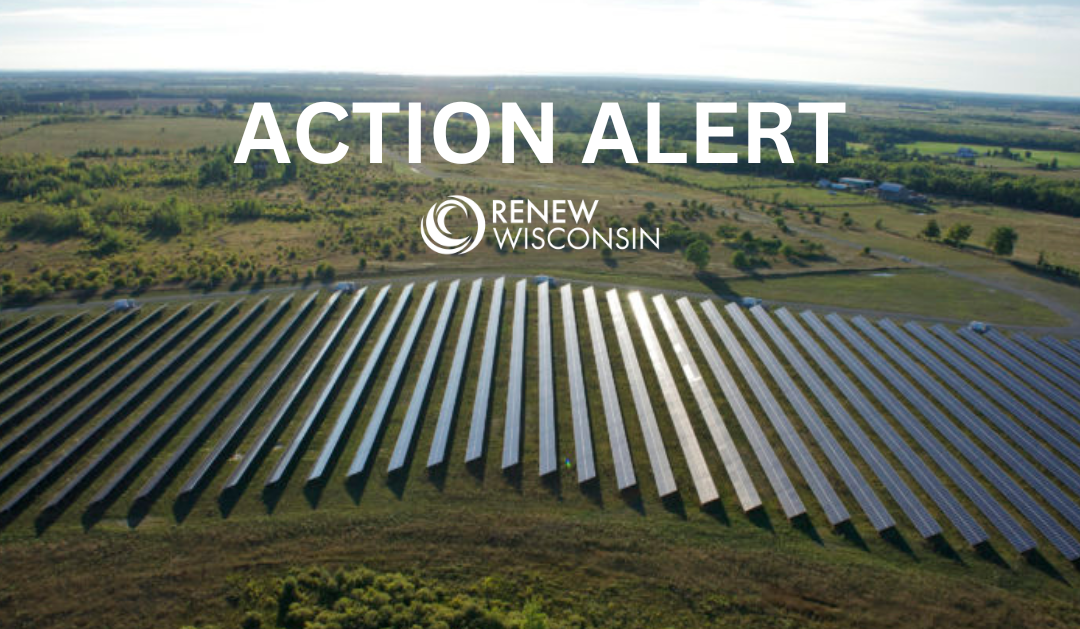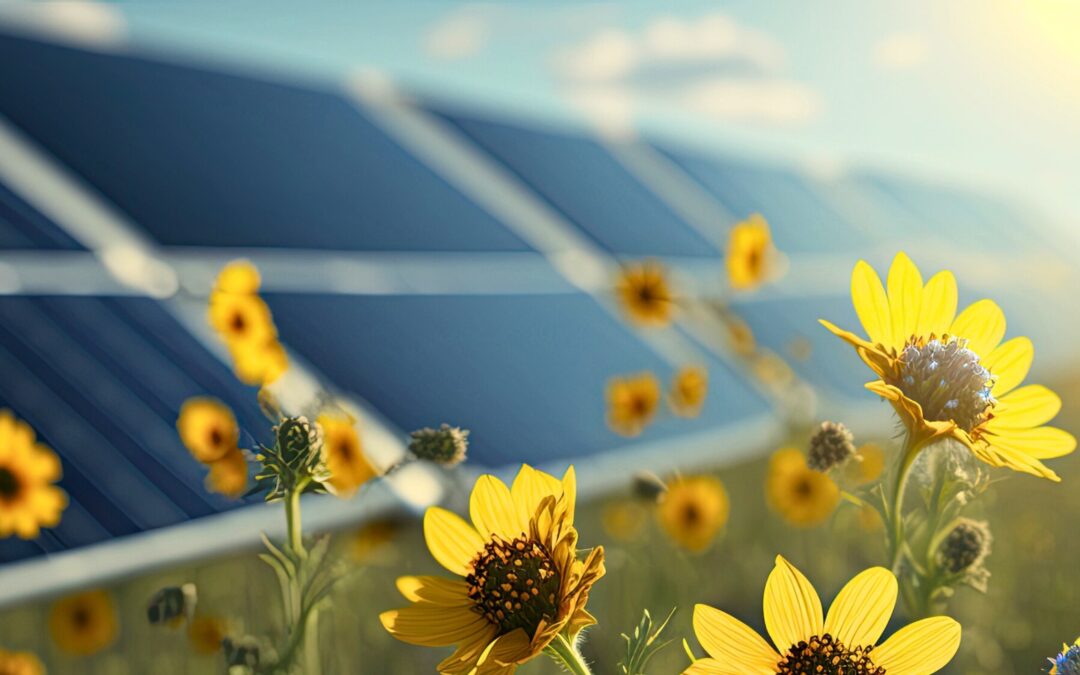
Porchlight Solar Approved by PSC
On Thursday, December 4, 2025, the Public Service Commission of Wisconsin (PSC) approved Porchlight Solar, a 163.8 Megawatt (MW) solar project paired with a 50 MW battery in Portage County. In their verbal decision, PSC commissioners noted that the team behind the project made a good effort to work with community members on this project. The commission also noted the many positive comments that came through in support of this project, including RENEW’s. If you submitted a comment in support of this project, thank you for helping us get this project across the finish line!
Porchlight Solar is another exciting step forward as we work to meet our clean energy goals. Wisconsin has now reached a point where we have 2089 MW of solar in operation, 3738 MW approved and in the development phase, and more than 1,600 MW of solar seeking approval from the PSC. Altogether, we’re hopeful that we’ll have nearly 7,500 MW of solar online across Wisconsin in the near future. Together, we can keep this momentum going.
Porchlight Solar’s Benefits Go Beyond Clean Energy:
Economic Growth: Porchlight Solar will create between 200 to 300 jobs during construction, as well as good-paying, long-term operations and maintenance positions.
Community Benefits: Once in service, Porchlight Solar will contribute more than $800,000 in utility-aid payments each year. Over $460,000 of this will go to Portage County, $273,000 will go to the town of Buena Vista, and just over $80,000 will go to the town of Pine Grove. During its 30-year life, the project will contribute a total of $24.4 million in utility-aid payments. In other municipalities, funds like these have gone toward roads, municipal buildings, and first responder resources.
Landowner Engagement: Porchlight Solar has signed land leases with farmers who produce potatoes, corn, and soybeans, according to the application from the developer. When farmers and landowners sign 25-plus-year leases to host solar projects like Porchlight, they are able to rely on long-term, stable revenue.
Emissions Reductions: Porchlight Solar will reduce energy production emissions by 530 million pounds of CO2 in the first year of operations. In terms of greenhouse gas emissions, this is the equivalent of taking more than 53,000 vehicles off the road for a full year. These emissions reductions will result in health, economic, and environmental benefits.




